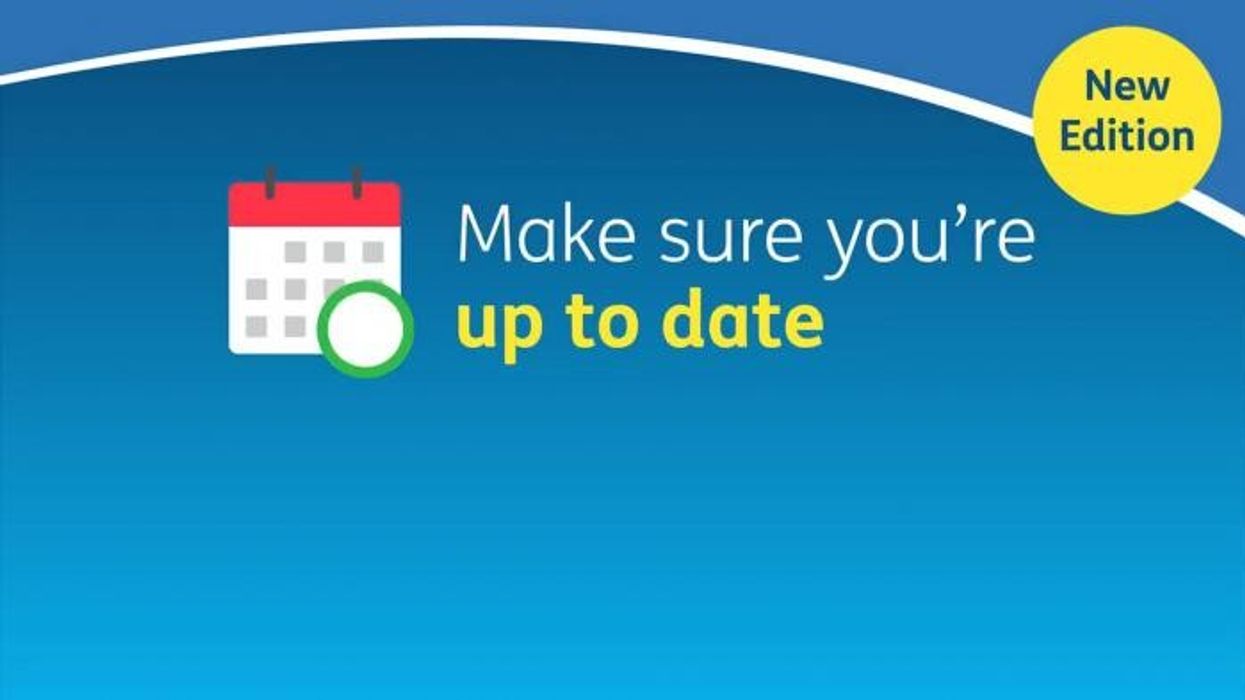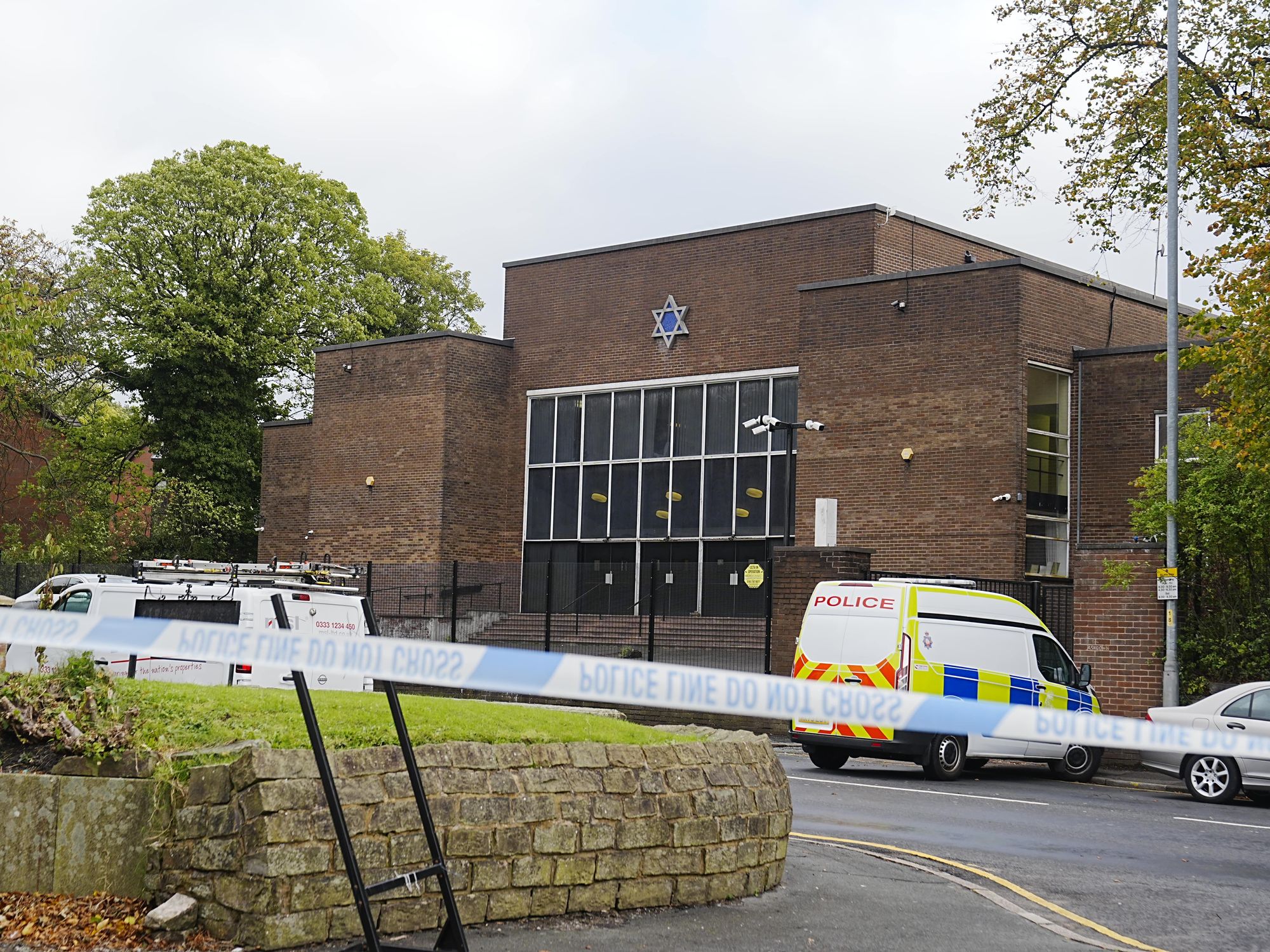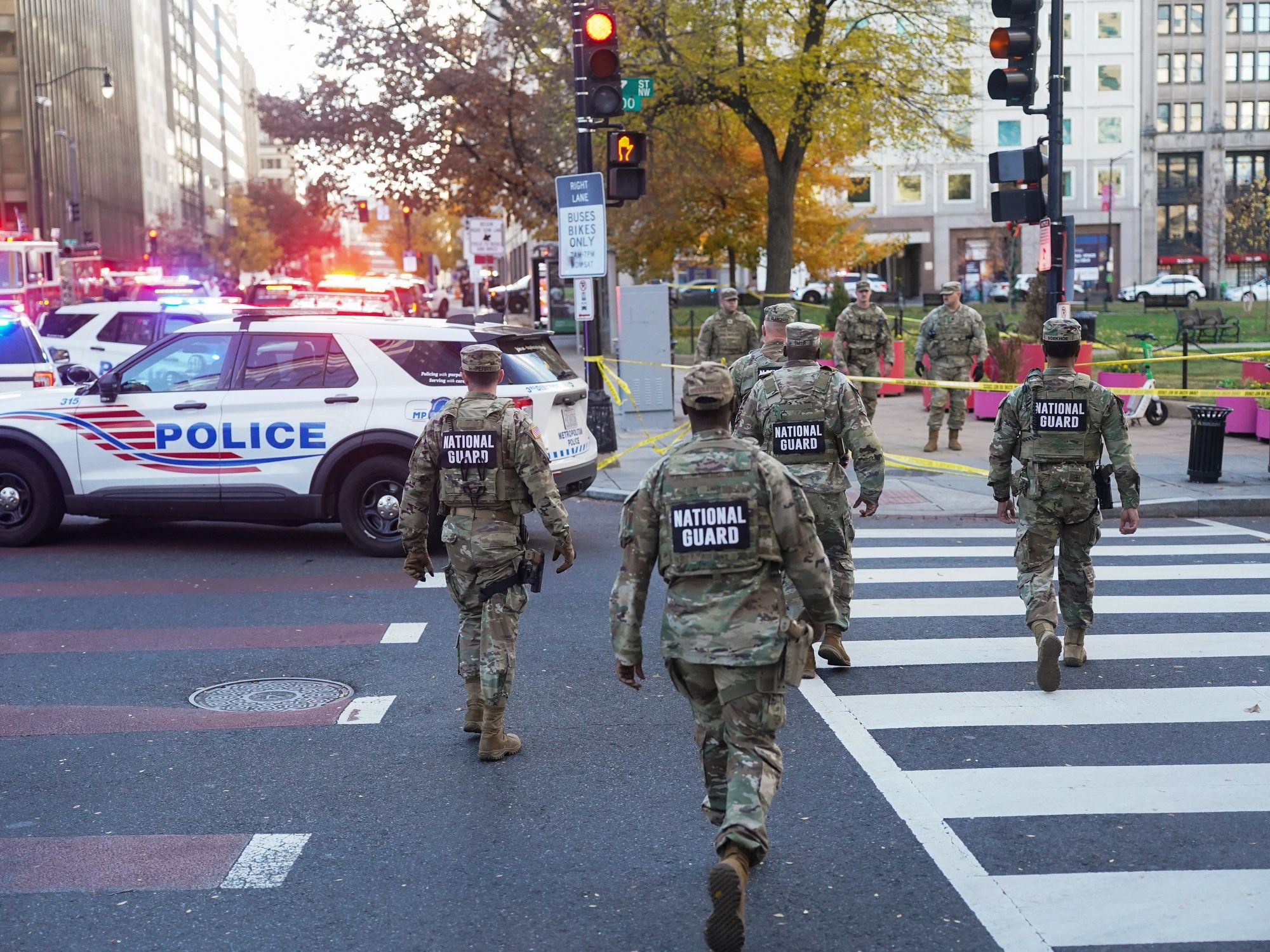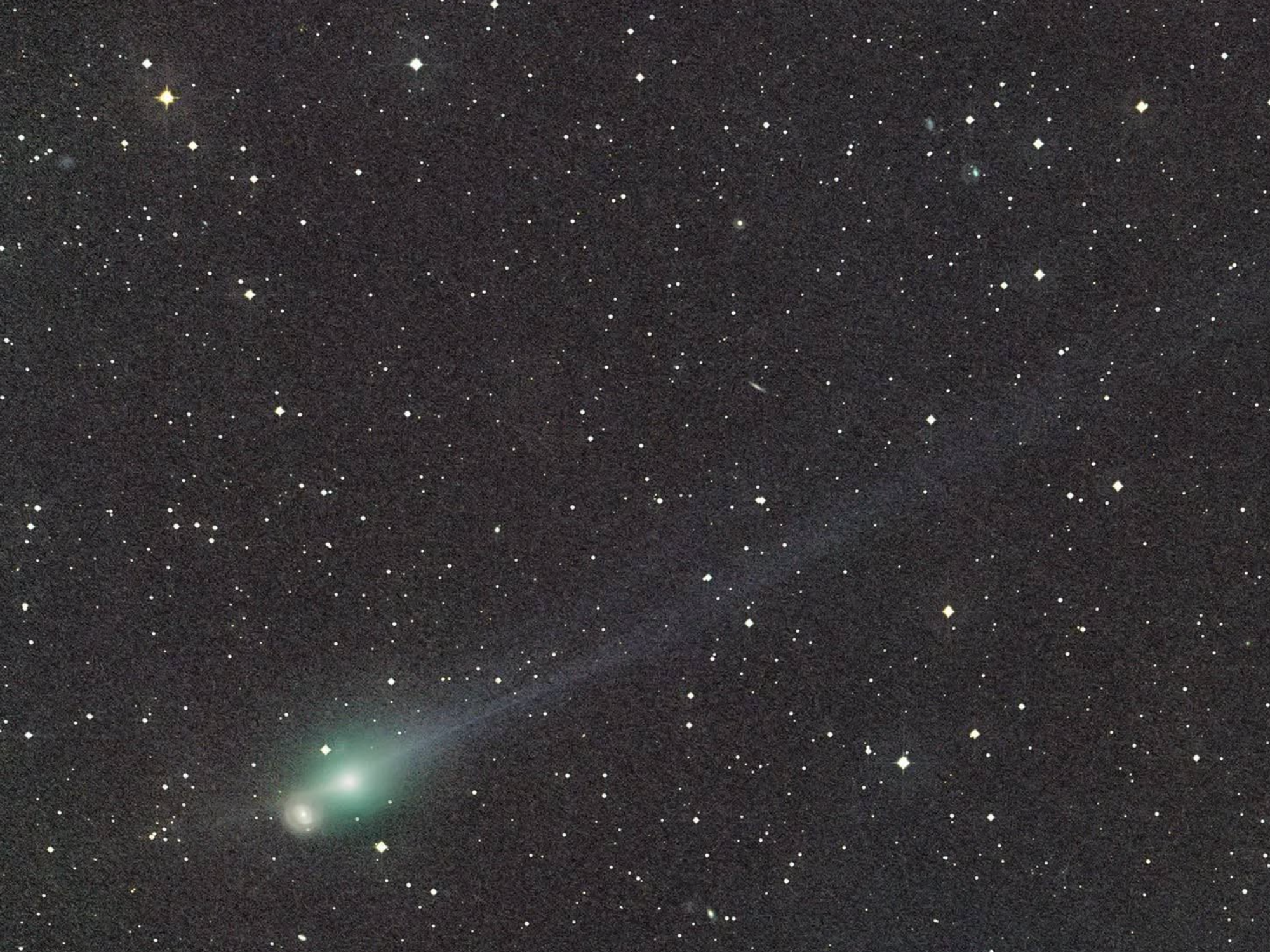Drivers face £1,000 fine and penalty points for breaking 'confusing' Highway Code rules and 'obstructing' roads

Rule 110 of the Highway Code dictates that drivers should not flash their headlights to warn motorists of speed cameras
Don't Miss
Most Read
Latest
Motorists have been warned that they could be slapped with a £1,000 fine for unknowingly breaking a major Highway Code rule.
It comes after experts have reminded drivers that flashing headlights to warn others about speed cameras could result in penalties.
The warning follows reports that more police forces across the UK have doubled the number of speed enforcement vans in recent years.
Experts explained that drivers try to "help" others by signalling cameras or checkpoints, but this could backfire and lead to the drivers themselves landing in hot water.
Do you have a story you'd like to share? Get in touch by emailing motoring@gbnews.uk
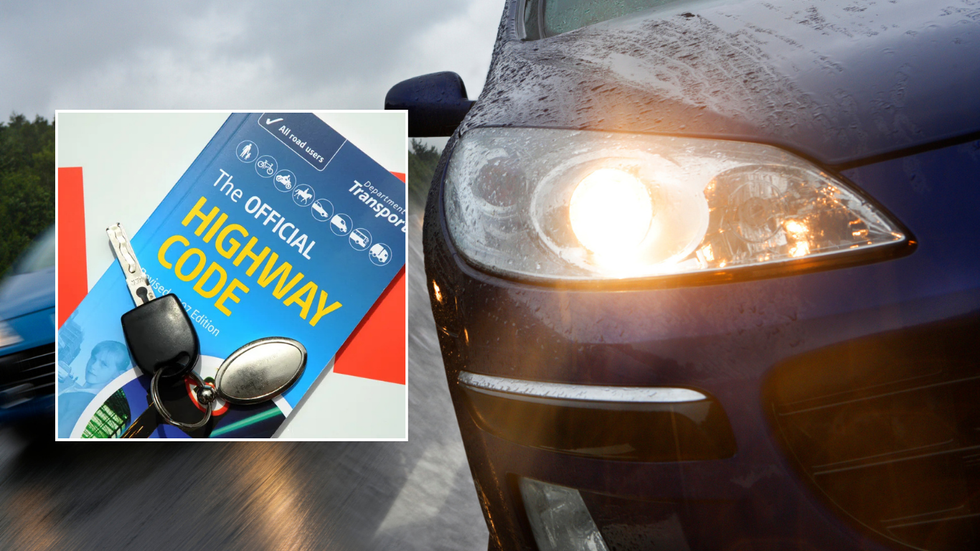
Rule 110 states that drivers cannot flash their headlights to convey messages to other drivers
|PA/GETTY
One Sure Insurance stated that even a quick flash of headlights could confuse or distract other road users and risk their safety.
Drivers could be accused of obstructing the police, with fines and points issued under Section 89(2) of the Police Act 1996 and the Police Reform Act 2002. The manoeuvre also breaches rule 110 of the Highway Code.
The rule states: "Flashing headlights. Only flash your headlights to let other road users know that you are there. Do not flash your headlights to convey any other message or intimidate other road users."
A spokesperson for One Sure Insurance explained that while flashing headlights may help fellow road users avoid speed tickets, "you could in fact confuse or distract drivers on the road".

The police have been cracking down on speeding cases in the UK
| ESSEX POLICEThe spokesperson has also advised road users to familiarise themselves with Rules 111 and 112 of the Highway Code, which outline how and when it is appropriate to use lights and horns.
Rule 111 states drivers should never assume flashing headlights is a "signal inviting you to proceed" and drivers should use their own judgment and proceed carefully.
Meanwhile, rule 112 focuses on using horns in vehicles, with drivers warned that they should only use them when the vehicle is moving and to warn other road users of their presence.
The rule dictates: "Never sound your horn aggressively. You MUST NOT use your horn while stationary on the road, when driving in a built-up area between the hours of 11.30pm and 7am except when another road user poses a danger."
LATEST DEVELOPMENTS:
The spokesman added: "Although drivers may believe they are doing a good deed by warning others with their hazard lights and horn, we would advise drivers to drive safely and prevent fines by sticking to the Highway Code.
"Use headlights and other vehicle instruments as hazards as they were intended and leave speed enforcement to the professionals."
Gordon Inglis, Managing Director at the Car Buying Group, explained that police use mobile speed vans to make roads safer.
"If you are caught warning others of a speed van ahead, not only are you breaching the Highway Code, but the law also considers this 'obstructing police duties,'" he warned.
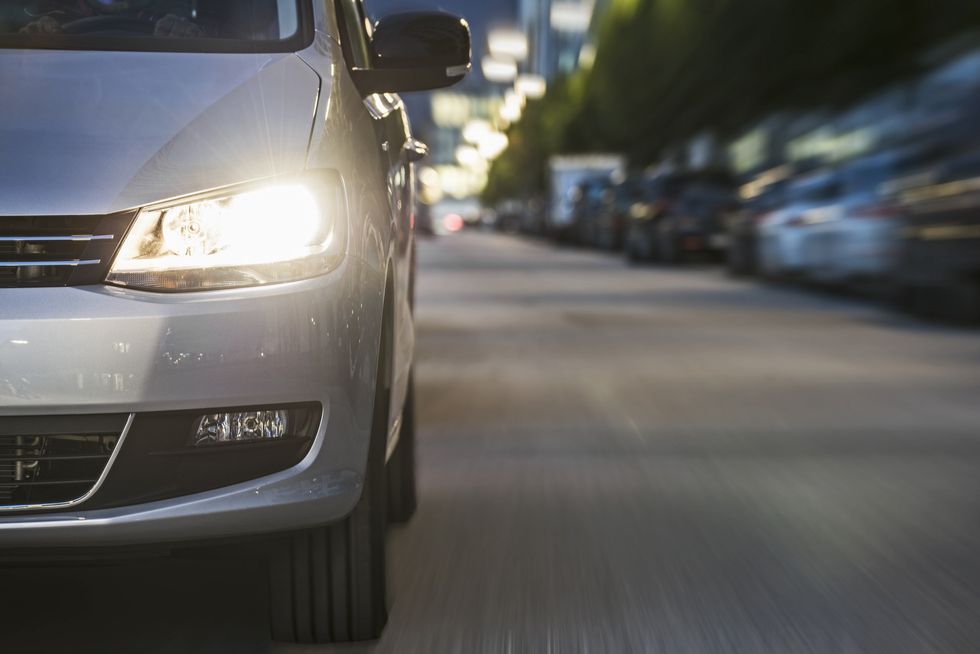
Drivers can be fined for flashing headlights to alert fellow road users of speed cameras
| GETTYMr Inglis stated speed limits exist to keep everyone safe, with enforcement helping to deter dangerous driving and catch drivers who pose a risk on the road.
"Stick to the speed limit and let others take responsibility for their own driving. A quick flash might seem helpful, but it’s not worth the risk," he shared.
Reports by Confused.com last year found that more than nine million drivers have been caught speeding over the past five years, highlighting the need for more enforcement measures.
Data showed that 30mph zones were the most common areas for speeding offences, with almost four million drivers caught exceeding the limit over the past four years, with more than 810,000 of these caught in 2023.


